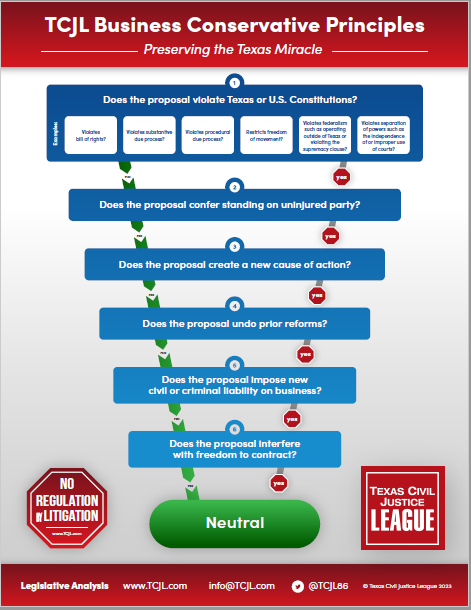 Given how rarely the Texas Supreme Court grants motions for rehearing, last week’s order reopening the Court’s decision in a wrongful death case is very significant.
Given how rarely the Texas Supreme Court grants motions for rehearing, last week’s order reopening the Court’s decision in a wrongful death case is very significant.
The case, Angela Horton and Kevin Houser v. The Kansas City Southern Railway Company (No. 21-0769); granted December 15, 2023), arose from a collision between a vehicle driven by plaintiffs’ mother and a Kansas City Southern train. Plaintiffs alleged that KC’s negligence proximately caused the accident based on KC’s creation of a “humped crossing” by building up the level of the crossing over many decades of maintenance and on the fact that the yield signs posted on the cross-buck signs were missing tat the time of the accident. The trial court submitted a broad-form negligence question to the jury. KC objected, asserting that the negligence question should be bifurcated into two questions, one on the humped crossing and the other on the yield signs. The trial court denied the motion. The jury found both the decedent and KC 50% responsible. The trial court awarded $200,000 to plaintiffs. KC appealed to the Dallas Court of Appeals, which, over a dissent reversed, holding that federal preempted plaintiffs’ claims. Plaintiffs sought review.
In an opinion delivered on June 30, 2023 and authored by Justice Boyd, SCOTX reversed the court of appeals’ holding that federal law preempted plaintiffs’ claims because “KC did not meet its burden to establish that [plaintiffs’] negligence claim complaining of the humped crossing would pose the ‘unreasonable burden or interference with rail transportation’ required to trigger implied preemption under [federal law].” The Court, however, remanded the case to the district court for a new trial because the trial court’s broad-form question on negligence violated the Casteel rule. The rule, derived from Crown Life Insurance Company v. Casteel, 22 S.W.3d 378 (Tex. 2000), holds that a jury instruction that includes two theories of liability is harmful error if the court cannot determine whether the jury found negligence on a valid or invalid theory. Determining that plaintiffs did not present sufficient evidence that the missing yield signs proximately caused the accident, SCOTX concluded that Casteel applied because the trial court could not determine whether the jury’s finding of negligence was based on the yield sign theory or the humped crossing theory.
Both parties moved for rehearing, KC on the preemption issue and plaintiffs on the Casteel issue. The Court denied KC’s motion, but granted plaintiffs’ motion and invited further briefing on Casteel. It appears that the Court is seeking additional argument on whether two independent bases on which a jury may find a defendant negligent constitutes two theories of liability or, as plaintiffs argue, merely different facts for the jury to decide. A more fundamental issue involves the interaction between Casteel and Texas Rule of Civil Procedure 277, which calls for broad-form submission “when feasible.” Plaintiffs contend that applying Casteel in this case violates Rule 277, so we can expect the Court to drill down a bit more on that issue as well.












